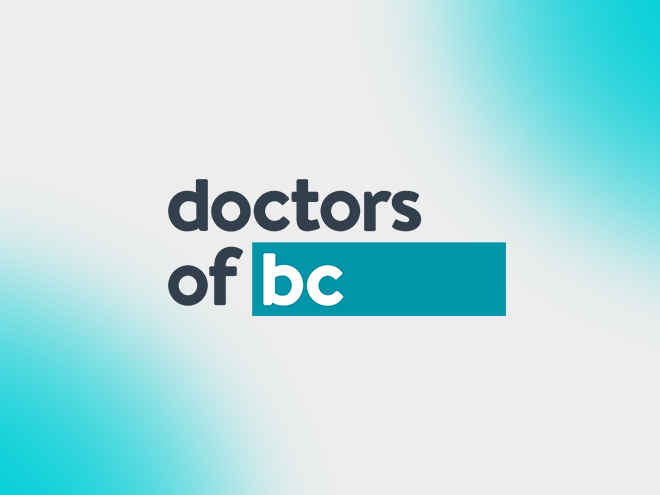This study, prepared for the Doctors of BC and the Canadian Medical Association by the Centre for Spatial Economics, is the first in Canada to examine the economic costs associated with excessive wait times in Canada’s medical system. Previous studies have examined the overall cost of wait lists which have had limited value in determining the appropriate level of health care services. The costs presented in this study are those incurred by waiting longer than medically recommended for treatment. This “excess wait” is what current policy initiatives are attempting to reduce. The study, therefore, estimates the potential economic benefits that can be achieved by successful health care policy initiatives to eliminate these wait times. A key feature of this analysis is that these estimates, when combined with information on the cost of providing the health care services required to reduce or eliminate wait times, can be used in cost-benefit analysis to help determine an appropriate level of health care services.
Of the four priority areas reviewed in this study, the highest economic costs are generated for total joint replacement surgery (an average of over $10,000 per patient), followed by CABG surgery ($8,200) and MRIs ($3,800) with cataract surgery yielding the lowest costs ($1,500). Whilst significant differences in costs exist among the provinces, no one province has either the highest or the lowest costs in all priority areas.
For the full policy paper, please see “The Economic Cost of Wait Times in Canada – A Report Prepared for the BCMA and CMA”.



